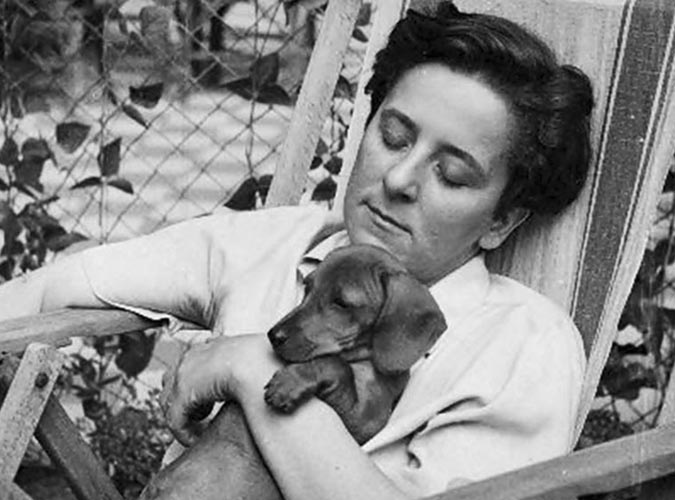Sapphic Stage Actresses
In bocca al lupo! It started off with ...
Musical Hall Male Impersonators
During the 1850s, Victorian music halls became a popular form of entertainment for the British and American working classes. As demand for performers increased, in the 1860s working class women such as Annie Hindle (a lesbian) became stage actresses and they found freedom and financial gain in the music halls. Some stage actresses were inspired by the "lions comiques" who were male performers who parodied upper-class toffs made popular by Alfred Vance and G. H. MacDermott which gave rise to the popularity of musical hall male impersonators. Popular male impersonators and transveti include
...
Ella Wesner (a lesbian), Matilda Powles, known by her stage name, Vesta Tilley (not a lesbian) all who performed across the pond and American blues singer Gladys Bentley. Newspaper reviewers treated the male impersonators in the same way as the male performers that they performed with and according to Queer Episodes in Music and Modern Identity “gave no indication that any portion of their acts or their appearance as any type of character was seen as transgressing standards of decency.”
By the 1930s, however, the golden era of male impersonation was over. In America, a new conservatism took hold as the Great Depression took affect while in Britain music halls gradually disappeared. Only Ella Shields and Hetty King continued successfully into the 1950s. One of last standout performers was Stormé Delaverie, who performed from 1955 until 1969 (as documented in the film Storme: The Lady of the Jewel Box).
Some Lesbian Plays Which Were Forced Off Broadway
Got Fun Nekome / God of Vengeance (1907) - Lesbian Play
Sholom Asch play Got Fun Nekome (Yiddish for God of Vengeance) is thought to represent one of the earliest depictions of lesbians in theatre. The play revolves around the daughter of a brothel owner, who is to be married off to a respectable young man. Unbeknown to her farther, she has been secretly having fun with the prostitutes who live beneath her family's home and, has fallen in love... with one of the prostitutes. God of Vengeance was first produced in Berlin, then in Provincetown in 1922, and, in Broadway in 1923, where it created a such a scandal with the first lesbian passionate kiss between two woman on stage, that the entire company was hauled into court on charges of indecency.
La Prisonnière / The Captive (1926) - Lesbian Play
Frenchman Édouard Bourdet wrote a play called La Prisonnière about a young woman Irène who is in love Madame d’Aiguines, but is engaged to a young man Jacques. The play premiered in Paris in 1926 and toured Vienna, Berlin, where it set records for attendance, Netherlands, Switzerland, and Belgium. When it was adapted and produced on Broadway as The Captive, it caused a ruckus in New York City. Throughout the play Mme. d'Aiguines is not seen, but leaves behind small bouquet of violets for Irène, as a symbol of her love. Perhaps the objection was that the character Irène is depicted as a femme lesbian who is attractive, and seductive and contrary to the stereotype of a "mannish" lesbian? Plain clothes police were ordered to monitor The Captive (160 performances in) and Mae West's play SEX four days later, the casts of both plays were arrested. Attorneys for The Captive secured the release of the cast by agreeing with the office of the District Attorney to withdraw their play from the stage. This prompted the adoption of a state law dealing with obscenity.
Hays Code vs Theatre
Whilst researching this lockdown 2 project I discovered that lesbian plays which were adapted as movies were more open than the movie versions due to the Hays Code era (of 1934 to 1968). For nearly 40 years, The Hays Code censored American film content by restricting for example depictions of homosexuality. Filmmakers still managed to get around the Hays Code, but gay characters were cloaked in innuendo, leading to some necessary decoding.
The Children's Hour (1934) - Play
The Children's Hour was written by American playwright Lillian Hellman and was based on a true scandal in Scotland in 1810 about two women in charge of a boarding school accused of having a lesbian affair, and how this scandal destroyed their lives. The case was detailed in the essay "Closed Doors, or The Great Drumsheugh Case" in Bad Companions (1931) by William Roughead. Although the play dealt explicitly with lesbianism and was a great New York theatre success, due to the Hays Code in the 1936's These Three, movie directed by William Wyler, instead of a rumoured lesbian relationship, one of the women was accused of having an affair with the other’s fiancé. In 1961, there was a second film version of the play The Children's Hour when the Hays Code had loosened up a bit and though their is an innuendo of coming out between the two teachers - the word "gay" or "lesbian" is not explicitly said.

Charlotte Cushman
American Stage Actress: 1816 – 1876
Charlotte Cushman started out as contralto singer in 1834, but as her voiced failed she turned to theatre. She is famous for her roles as Lady Macbeth... more

Annie Hindle
English-American Male Impersonator: 1840 - 1897
Annie Hindle started her career in English music halls in 1864 as a male impersonator. In 1868, she left for America and became... more

Ella Wesner
American Male Impersonator: 1841 – 1917
Ella Wesner was the most celebrated male impersonator of the 1870s Vaudeville circuit, performing at impresario Tony Pastor's theatre and touring... more














